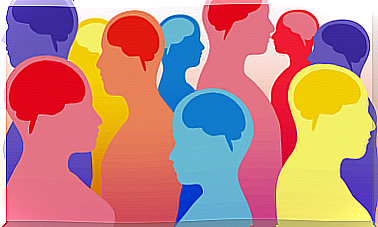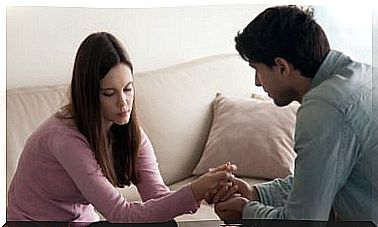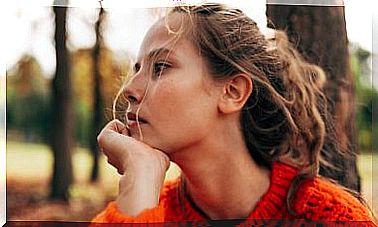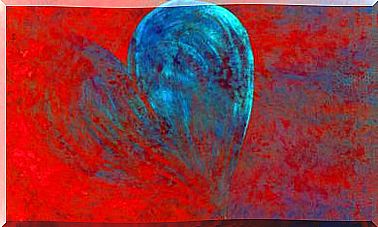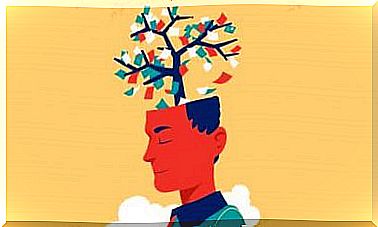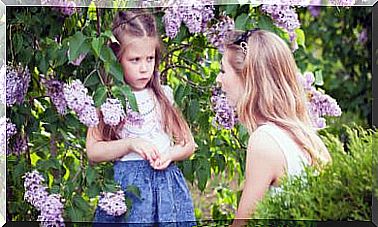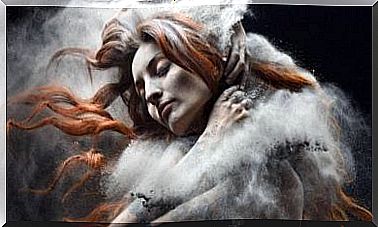Classic Tales And The Collective Unconscious
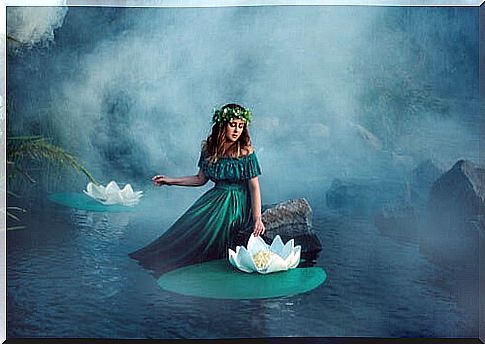
The classic stories are part of that cultural ideology strongly rooted in our trajectory as human beings. The stories, myths and legends make up a substrate full of symbolism that has always helped us to reflect on ourselves. Something that in essence seems so close and innocent to us, actually hides behind it, a somewhat complex and equally interesting reverse.
Riding Hood, The Little Mermaid, Sleeping Beauty, Alice in Wonderland .. . All these legacies that we inherit and that we pass on from generation to generation, contain a series of morals and lessons that can sometimes go unnoticed. Thus, those stories that originally revealed perhaps darker events have been softened or anesthetized by some writers and above all, by the film industries.
An example, Charles Perrault was the first to collect (and sweeten) the story of Little Red Riding Hood in 1697. Originally, this story actually came from a region of the Alps and described that moment when a girl was transitioning to a woman through menstruation. The forest is a rite of passage, an inner journey that young women had to go through.
The figure of the wolf, for its part, as we can see in Ludwig Tieck’s work entitled Life and Death of Little Red Riding Hood , referred to savagery, to the irrational part of the human being. That from which each one must protect himself. Also, in another of the great classic tales like Sleeping Beauty, something similar happened.
In the latter case, the witch curses the girl with a very specific fact: when she is 16 she will prick herself and bleed. She will be weakened until a prince kisses her. That puncture also symbolized the arrival of menarche. They are how we see ideas and images that have been hidden over the years but that somehow continue to reveal realities to reflect on.
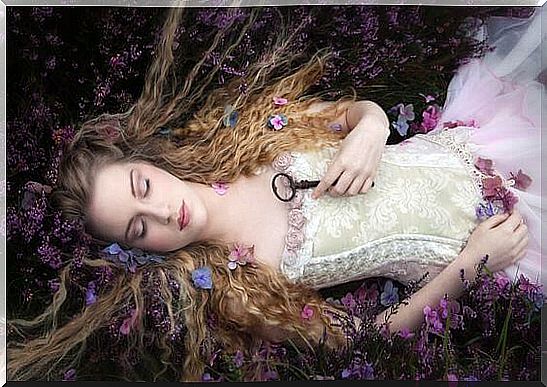
Classic tales and their symbolism in the collective unconscious
Classic tales have a clear symbolic component. What’s more, something that great experts in this matter like the mythologist Joseph Campbell point out to us in his book The Power of Myth or the Hero’s Journey , is that it does not matter the country or culture in which we find ourselves. In some way, each region of the world repeats the same figures in their stories and legends.
In this way, it is known, for example, that the tribes in Asia created heroic myths that are also repeated in the Germanic countries. In turn, if we delve into these classic tales we will discover great similarities with ancient Greek mythology. So what is the reason for all this similarity and those roots when it comes to outlining stories and characters?
Carl Jung and the collective unconscious
The Swiss psychiatrist Carl Jung was the first to come up with such interesting terms as the collective unconscious and archetypes. His approach was a revolution before the mechanistic approach that reigned in his time and also, before many of the principles enunciated by his colleague Sigmund Freud.
Jung told us about a substrate that all humanity would have, where certain information, data and concepts are integrated that we all unconsciously share regardless of our country of origin. Thus figures such as the mother, the hero, the father, the shadow, the sun, the wise man or the son, are archetypes that we all understand and have integrated into our minds.
These figures are the ones that weave a large part of the classic tales that have always accompanied humanity. What’s more, in Jung’s own words: all myths and stories are projections of the collective unconscious.
The cultural function of classical tales
We can assume that indeed, the classic tales respond perhaps to those unconscious patterns of our mind, to that reflection of our internal world. This idea has undoubtedly many criticisms, there is no doubt. We cannot forget that Jung’s legacy, although it is one of the most interesting from a cultural and anthropological point of view, has always been questioned from a scientific point of view.
Now, beyond this perspective, we can also approach that other function contained in the classic stories. We speak, of course, of its pedagogical purpose. Let’s see what it is based on:
- Classic short stories reflect the experiences, thoughts, and emotions that invite children to reflection and discovery.
- Stories also enhance symbolic language, awaken curiosity, understanding, empathy and creativity.
- Likewise, they stand as that resource where to build the child’s identity, there where to make him dream, to make him identify with the hero, to build objectives, desires, personal goals …
Be that as it may and to conclude, there is an undeniable fact. Human beings love stories, people are also made of stories and we all form part of a larger story in some way. The stories, myths and legends describe what we are, our darkest side and also the brightest; and that will always inspire us.
